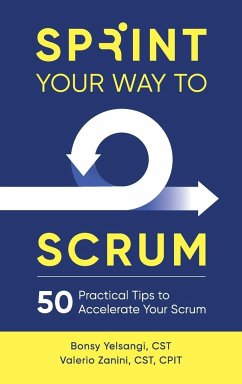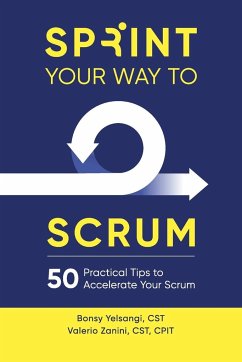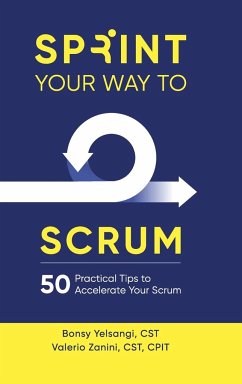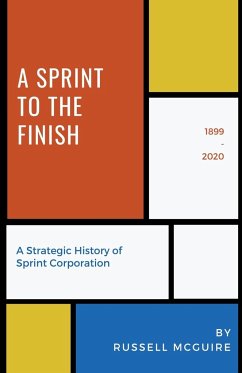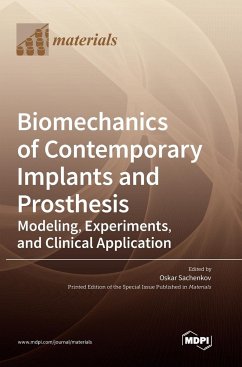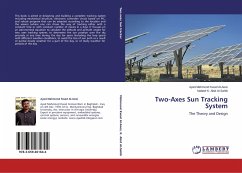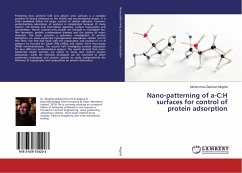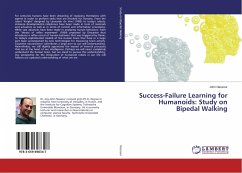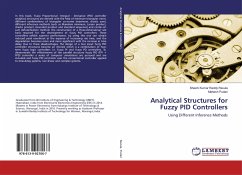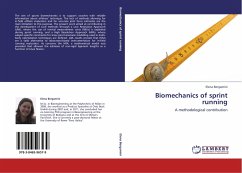
Biomechanics of sprint running
A methodological contribution
Versandkostenfrei!
Versandfertig in 6-10 Tagen
45,99 €
inkl. MwSt.

PAYBACK Punkte
23 °P sammeln!
The aim of sports biomechanists is to support coaches with reliable information about athletes technique. The lack of methods allowing for in-field athlete evaluation and for accurate joint force estimates are the main limitation to this purpose. The present work aimed at contributing in the development of such methods through a Low Resolution Approach (LRA), where the use of inertial measurement units (IMUs) is exploited during sprint running, and a High Resolution Approach (HRA), where subject-specific constraints for knee joint kinematic modelling used in multi-body optimization techniques ...
The aim of sports biomechanists is to support coaches with reliable information about athletes technique. The lack of methods allowing for in-field athlete evaluation and for accurate joint force estimates are the main limitation to this purpose. The present work aimed at contributing in the development of such methods through a Low Resolution Approach (LRA), where the use of inertial measurement units (IMUs) is exploited during sprint running, and a High Resolution Approach (HRA), where subject-specific constraints for knee joint kinematic modelling used in multi-body optimization techniques are defined. LRA results proved that IMUs are a valid alternative to laboratory-based instrumentation for in-field running evaluation. As concerns the HRA, a mathematical model was provided that allowed the estimate of non-rigid ligament lengths as a function of knee flexion.



